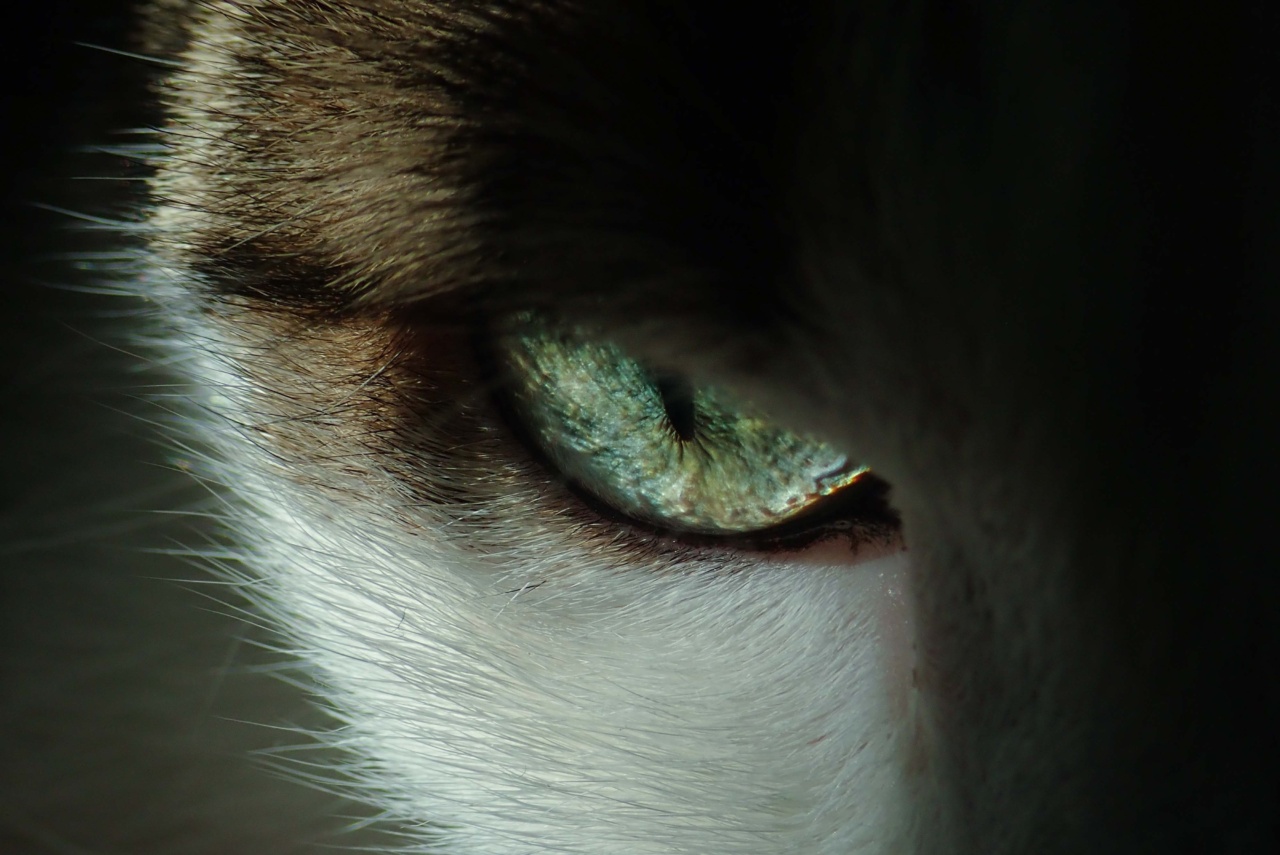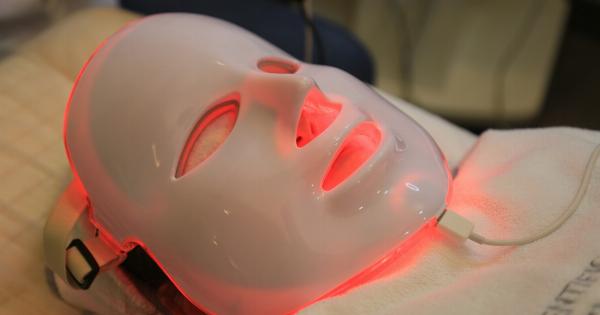People come in all colors of the rainbow, and for the most part, there’s nothing extraordinary about that. But sometimes changes in skin color can indicate something’s amiss. Here are some reasons your hue might be shifting, and what you can do about it.
Age spots or liver spots
Age spots are flat, brown, black, or gray spots that often appear on the face, hands, arms, and legs. They’re also called liver spots, sun spots, or solar lentigines. They are caused by years of exposure to UV rays from the sun.
Age spots are harmless and don’t require treatment. However, to prevent more spots from developing, you can protect your skin from the sun.
Pigment loss
Vitiligo is a skin disorder that causes the skin to lose pigment. It can also affect the color of your hair and the inside of your mouth. The cause of vitiligo is unknown, but it’s thought to be an autoimmune condition.
This means your immune system mistakenly attacks and destroys cells in your body, including the cells that produce pigment. Vitiligo isn’t contagious and is treated with corticosteroids, immune system inhibitors, and surgical procedures, but there is no cure for it.
Post-inflammatory hyperpigmentation
Post-inflammatory hyperpigmentation (PIH) is a skin condition that occurs when trauma or injury to the skin causes an increase in the production of melanin. This is the pigment that gives your skin its color.
The excess melanin tissues and accumulates in the injured area, causing the skin to darken. This condition can occur in people of any age, but it’s more common in those with darker skin tones. PIH often fades on its own, but treatments such as topical creams, chemical peels, or laser therapy can help remove the pigmented skin cells.
Birthmarks
Birthmarks are colored spots or areas that appear on the skin at birth or shortly afterwards. They are caused by overgrowth of blood vessels, pigment cells, or both. Birthmarks come in a variety of colors, shapes, and sizes, and most are harmless.
Some birthmarks fade as you get older, while others remain the same or become more prominent. If your birthmark is causing you pain, bleeding, or discomfort, or you’re unhappy with the way it looks, your doctor may recommend treatment to remove it.
Jaundice
Jaundice is a condition that causes yellowing of the skin and whites of the eyes. It occurs when there’s too much bilirubin in the blood, which can be due to liver problems or other medical conditions.
Newborn babies often have mild jaundice, which usually goes away on its own. In adults, jaundice can be a sign of a serious underlying condition and requires prompt medical attention.
Albinism
Albinism is an inherited condition that causes a lack of melanin, or pigment, in the skin, hair, and eyes. People with albinism have very pale skin and hair, and often have vision problems.
Albinism affects people of all races and ethnicities, but is more common in people with African, Asian, or Native American heritage. There is no cure for albinism, but treatment can help manage the symptoms of the condition.
Melasma
Melasma is a skin condition that causes brown or grayish patches on the face, usually on the forehead, cheeks, and chin. It’s more common in women and often occurs during pregnancy or when taking hormonal medications.
Melasma can be treated with topical creams, chemical peels, or laser therapy.
Conclusion
In conclusion, changes in skin color can indicate a variety of conditions, from harmless age spots to serious medical conditions such as jaundice.
It’s important to be aware of changes in your skin color and to talk to your doctor if you have any concerns. With proper treatment, many conditions that cause changes in skin color can be managed or treated effectively.































